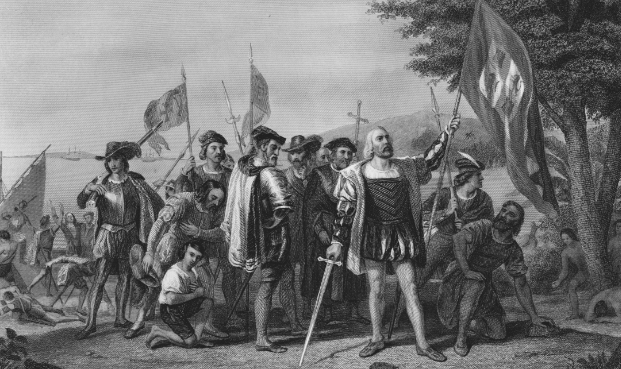
The arrival of humans in the Americas has been somewhat of a debate about the age of ancient footprints and it continues.
The oldest scientific evidence for the presence of Homo sapiens in the Americas is a matter of ongoing debate. One view is that the earliest such evidence is from 16,000 to 14,000 years ago, after the Last Glacial Maximum (LGM) when people would have crossed the strait from Siberia over a dry land bridge. However, controversial radiocarbon dating of seeds from a set of preserved footprints in the White Sands National Park in New Mexico, USA, indicates that humans were present in the Americas as early as 21,000 to 23,000 years ago—during the LGM. This site has already inspired a vivid discussion about dates and human migrations. On page 73 of this issue, Pigati et al. present a new approach and independent data from the White Sands site that may be the most convincing evidence for the pre-LGM presence of H. sapiens in America.
By Bente Philippsen bente.philippsen@ntnu.no
During the 15th and 16th centuries, leaders of several European nations sponsored expeditions abroad in the hope that explorers would find great wealth and vast undiscovered lands. The Portuguese were the earliest participants in this “Age of Discovery,” also known as the Age of Exploration. Starting in about 1420.
On October 12, 1492, after a two-month voyage, Christopher Columbus landed on an island in the Bahamas he called San Salvador—though the people of the island called it Guanahani. From there, Columbus and his men traveled around the Caribbean for five months, taking particular interest in the islands of Juana now Cuba, where I was born on the same month and day, but not the same year. and Hispaniola the Dominican Republic and Haiti. In a 1493 letter to King Ferdinand and Queen Isabella, Columbus reported on his experience and actions upon landing on each island, writing,
Columbus Day 2023 is Monday, Oct. 9.declared by Republican Richard Nixon. However, Columbus Day started in 1792 as an Italian-American holiday. Democrat President Franklin D. Roosevelt declared the day a national holiday in 1937.
However, a growing number of communities celebrate Indigenous Peoples’ Day on the second Monday in October. This is to honor North America’s Indigenous peoples and the Tribal Nations living on the continent today.
Democrat POTUS President Joe Biden proclaimed Indigenous Peoples’ Day as a national holiday in October 2021 alongside Columbus Day.